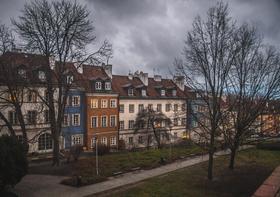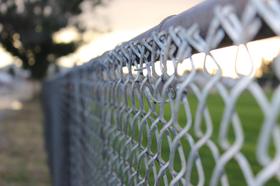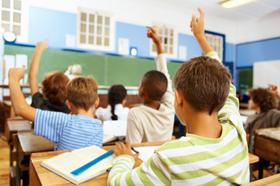Serving 8 students in grades 5-12, Johnson Youth Center ranks in the top 30% of all schools in Alaska for overall test scores (math proficiency is top 30%, and reading proficiency is top 50%).
The percentage of students achieving proficiency in math is <50% (which is higher than the Alaska state average of 40%). The percentage of students achieving proficiency in reading/language arts is <50% (which is higher than the Alaska state average of 46%).
The student-teacher ratio of 4:1 is lower than the Alaska state level of 15:1.
Minority enrollment is 88% of the student body (majority American Indian), which is higher than the Alaska state average of 53% (majority American Indian).
Quick Facts (2025-26)
- School Type: Online School/Alternative school
- Grades: 5-12
- Enrollment: 8 students
- State Accredited: No
- Live Instruction: No
- Rolling Enrollment: No
- Student-Teacher Ratio: 4:1
- Minority Enrollment: 88%
- Graduation Rate: ≥50% (Top 50% in AK)
- Math Proficiency: <50% (Top 1%)
- Reading Proficiency: <50% (Top 1%)
- Source: National Center for Education Statistics (NCES), AK Dept. of Education
Top Rankings
Johnson Youth Center ranks among the top 20% of public schools in Alaska for:
Category
Attribute
Community Size
Student Attention
School Overview
Johnson Youth Center's student population of 8 students has declined by 27% over five school years.
The teacher population of 2 teachers has declined by 50% over five school years.
School Type
Grades Offered
Grades 5-12
(Primarily virtual)
(Primarily virtual)
Total Students
8 students
Gender %
Total Classroom Teachers
2 teachers
Year Founded
1905
State Accredited Program
No
Personalized Content
No
Live Instruction
No
Rolling Enrollment
No
Flexible Class Schedule
No
Accelerated Offerings
No
Classes for Credit/Part Time Options
No
Dedicated College Counselor
No
Tutoring/Mentoring
No
Community Clubs/Activities Offered
No
School Calendar
Last Day of School
Mon. May 25, 2026
School Rankings
The diversity score of Johnson Youth Center is 0.60, which is less than the diversity score at state average of 0.71. The school's diversity has stayed relatively flat over five school years.
Math Test Scores (% Proficient)
(17-18)<50%
40%
Reading/Language Arts Test Scores (% Proficient)
(17-18)<50%
46%
Student-Teacher Ratio
4:1
15:1
American Indian
38%
22%
Asian
n/a
5%
Hispanic
n/a
8%
Black
n/a
2%
White
12%
47%
Hawaiian
n/a
3%
Two or more races
50%
13%
All Ethnic Groups
Graduation Rate
≥50%
78%
School Statewide Testing
School District Name
Source: National Center for Education Statistics (NCES), AK Dept. of Education
Profile last updated: 02/09/2025
Frequently Asked Questions
What percent of students have achieved state testing proficiency in math and reading?
<50% of students have achieved math proficiency (compared to the 40% AK state average), while <50% of students have achieved reading proficiency (compared to the 46% AK state average).
What is the graduation rate of Johnson Youth Center?
The graduation rate of Johnson Youth Center is 50%, which is lower than the Alaska state average of 78%.
How many students attend Johnson Youth Center?
8 students attend Johnson Youth Center.
What is the racial composition of the student body?
50% of Johnson Youth Center students are Two or more races, 38% of students are American Indian, and 12% of students are White.
What is the student-teacher ratio of Johnson Youth Center?
Johnson Youth Center has a student ration of 4:1, which is lower than the Alaska state average of 15:1.
What grades does Johnson Youth Center offer ?
Johnson Youth Center offers enrollment in grades 5-12 (Primarily virtual).
What school district is Johnson Youth Center part of?
Johnson Youth Center is part of Juneau Borough School District.
In what neighborhood is Johnson Youth Center located?
Johnson Youth Center is located in the Twin Lakes neighborhood of Juneau, AK.
School Reviews
Review Johnson Youth Center. Reviews should be a few sentences in length. Please include any comments on:
- Quality of academic programs, teachers, and facilities
- Availability of music, art, sports and other extracurricular activities
Recent Articles

School Choice vs. Neighborhood Schools: Key Factors
Explore school choice vs. neighborhood schools in 2025. Learn key factors parents should weigh when deciding the best fit for their child.

Best School Match 2025: Public vs Charter vs Magnet
Compare 2025 public, charter, and magnet school options with updated data, trends, and strategies to find the best fit.

Public School Boundaries and Equity in 2025
Explore how public school boundaries shape access, equity, and opportunity for students in 2025. Learn the impact on families and education policy.





